So, how are we feeling about those new subway cars?
Team Groove is divided on the topic, so we decided to fight about it
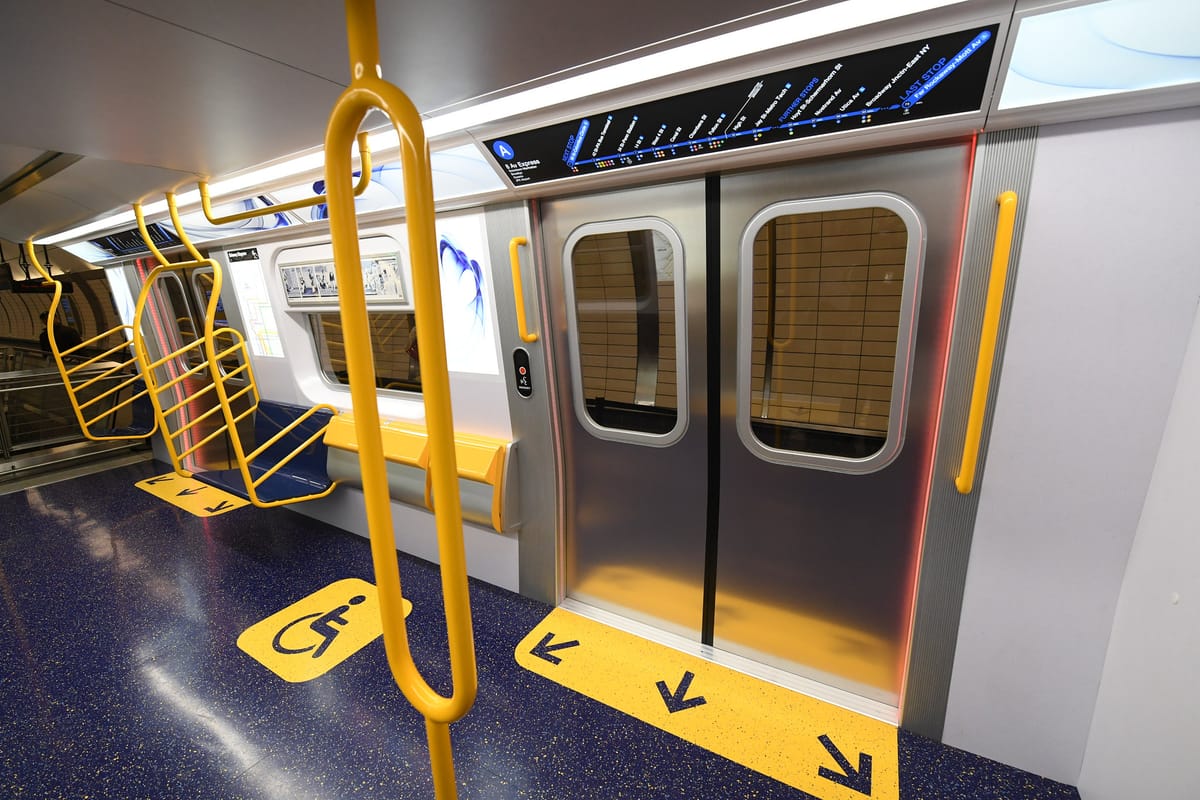
Ask most people what they’d want to fix in the New York City subway system, and the answer is probably some much longer version of “a whole hell of a lot.” But if that change involves getting rid of 40-plus-year-old train cars that are slowing down large swaths of the system? Cue the collective nostalgia meltdown.
That’s more or less what’s been happening since it was first (wrongly) reported that 2025 was the year that the MTA would phase out the R46, R62/62A and R68/R68A trains that have been in the system since the 1980s, best known for their orange-and-yellow color scheme and cozy window-adjacent two-seater benches. What's actually happening is that the agency is finally purchasing subway trains that will, in a couple of years begin replacing the much older trains.
Some of this is about pure nostalgia for the retro trains and the soon-to-be-eliminated “love seats” or “conversation seats,” yes. (Many people are of the correct opinion that the window seat on one of the two-seater benches is objectively the best possible seat on the train.) But for some of us, it’s also about how much we hate the new subway cars that are taking their place.
For those who haven’t ridden one yet, there are two versions of the new R211 subway cars, one of which features an “open gangway” design that allows riders to move freely between cars (more on that later). The new cars feature modern updates including security cameras, digital signage, wider doors, brighter lighting, generally more accessibility-friendly design, and, crucially, modern signaling designed to provide faster and more reliable service.
“Old train cars break down six times as frequently as new cars, so replacing them is more than just a matter of aesthetics,” MTA chair Janno Lieber said in a press release last month announcing the addition of more desperately-needed new cars to the subway’s fleet.
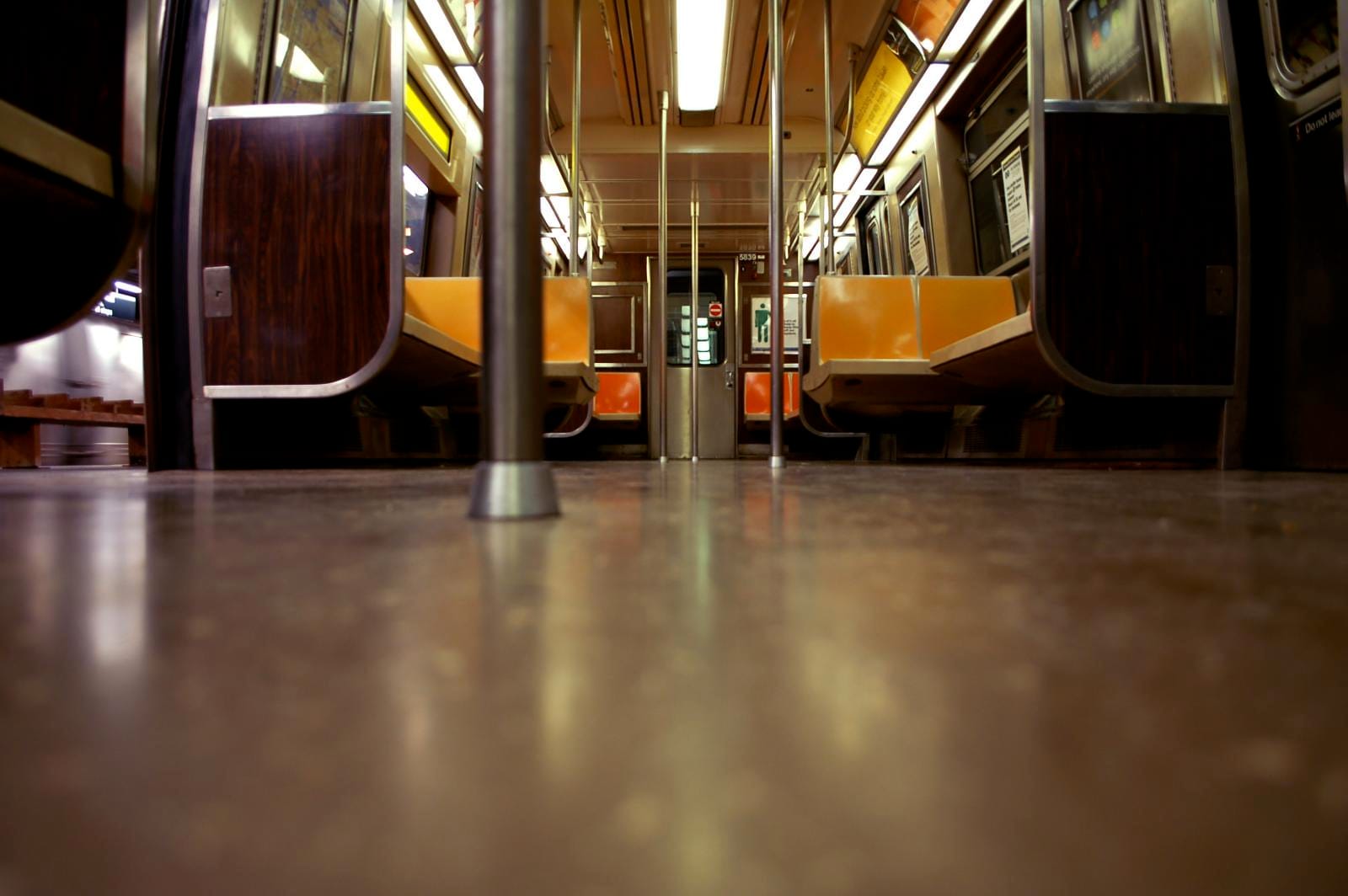
This is all well and good, but isn’t there room to acknowledge that we need to retire those crusty old orange trains, while also exercising our god-given right to complain about the new ones? Not according to some people! Team Groove got into a minor scuffle over this last week on Slack, and Dave told everyone “It’s like nostalgia for the MetroCard, stupid and immature and pointlessly opposed to something because it’s what you think is the only way to do things.”
I disagree! So much so that we decided this debate warranted its own post. Yes, I have lots of baked-in nostalgia for the old trains, but as a frequent rush hour commuter on the A/C line (where the new cars are already regularly in the rotation), I’ve also got plenty of highly specific complaints about the new trains that don’t make me some fuddy duddy who opposes all change. My case against the new trains is as follows:
Virginia’s grievances against the new cars
Let’s start with the most obvious one first: fewer seats (30 on the new cars versus 70 on the old ones) and more standing room are practical for accommodating as many commuters as possible, sure, but they also make it far less likely that you can snag a seat on a packed, hellish commute. It’s doable, but let’s not pretend it doesn’t suck.
The endless blue bench (versus visually delineated seats on the old cars) makes it more likely that people selfishly treat three-seater benches as two-seaters, decreasing sitting space further.
If you thought I was done complaining about the specifics of the seating, think again! The new train cars feature a few optional fold-down ”flip seats” apiece — these are designed to accommodate wheelchairs, which is of course a good thing. What’s less of a good thing (and presumably an easily fixable problem) is the way these things slam shut with a vengeance when people jump up to get off the train, making an auditory effect that’s like a little gunshot at every stop. Not great!
Digital screens only? What could go wrong! More than once I’ve been on a car where all the newfangled ad banners and subway maps were glitching, and since there’s not a single old-fashioned printed map anywhere to be found in the new cars, that means commuters are stuck with no easy way to check where the hell they’re actually going unless they’ve already got a map or app downloaded on their phone, or are in a part of the subway system that gets wifi service.
You’d think if the MTA is forcing everyone to stand they’d at least provide enough poles to hold onto, but not so. The new cars have poles concentrated near the main entrances, but essentially none towards the ends of each car, meaning that on crowded morning commutes people inefficiently pool themselves in front of the exits, with nothing to hold onto in the ends of the car where there’s actually room to stand.
As for the open gangway cars: did no one consider the impacts of not being able to escape a horrible smell? Look, things happen, and there’s a reason that “don’t get onto the mysteriously empty subway car” is canon to the point of cliche at this point. On the open gangway cars, there’s no such option, and odors permeate the entire train (this isn’t some hysterical hypothetical, I’ve personally experienced it), making an existing problem much, much larger and more unavoidable than it otherwise might have been.
Dave’s case in favor of them
Some of these things I think can be taken care of, others I think are letting “We can’t do it in New York” get in the way of bringing in transit improvements that are extremely normal for the rest of the world.
People have been saying “Oh no the smells” “oh no what if there’s a crazy person” since the MTA announced it was finally bringing open gangway subway trains to New York in 2015, so long ago my “Open gangway style” headline was fresh and timely blogging. And look at that, I photoshopped international megastar PSY into an open gangway car in Toronto, where they’re in regular use. Same as they are in Paris and London and other cities that people go to and come back here and say “Why can’t we have their system?” I am sure there are sometimes unpleasant smells on those trains, and while New York City’s trouble finding a way to treat the severely mentally ill and homeless won’t end tomorrow, the existence of bad smells can’t result in the kind of New York exceptionalism that insists “We can’t do it here.” Especially because as my new Streetsblog colleague Nolan Hicks previously pointed out, open gangway cars can be an important tool to cut down on subway surfing because the train design makes it impossible to get between cars and climb on top of trains. Open gangway cars provide more room in every train, and the ability to walk through the train also means you can get on anywhere and still wind up near an exit, which is nice if you’re going to a station that just has one way out.
On the issue of seating and poles in each car, I can’t say I understand the complaint that bench seating is inferior to the individual seats on the older train. For one, the three-seat benches are frequently turned into two seaters just by the fact that the seats themselves are kind of small, or someone just tossing a bag on an empty seat, so at least the bench design does what it can to create more room with one flat surface instead of the attempt at individualized seats that are too small for people. Also this is the same bench design in any modern subway car. I’ve also never encountered a rush hour commute, be it on an older train like a R46 or a bright shiny new R211 where people don’t move all the way in to the fucking train. Until it’s legal to shock those people with an electric cattle prod so they actually move in, no amount of poles inside a train car will change this behavior.
It is admittedly not great to be without a physical map if a screen goes down, and maybe the MTA could stand to get the trains designed with a spot for a physical map. But this is also more of an issue I think when a train gets rerouted, and I think as the kinks get worked out eventually a digital map will seem extremely normal.
But also, I have ridden these new trains as well, and I think they’re great. For one, the digital display boards with the stop information are extremely useful: they show you the location of station exits and elevators when the train pulls in.
And given the way that people love to crowd the doors, it’s a great feature that the train doors on the R211 are 58 inches wide, compared to 50 inch doors on every other subway car in the system. Not only does this leave more room for general loading and unloading, but it’s an explicit accessibility feature on the trains. And as someone who rides the Q train on many mornings, you don’t know the value of doors that simply close like they’re supposed to until you watch things like only one door in a pair sliding open, or watch one door quietly bounce off the other one before actually closing.
All of this, to me anyway, adds up to trains that feel much more modern than even the R179s that run on the lettered lines, known as the B Division. And keep in mind that while it feels like we’re far from the pre-pandemic days when 5.5 million people per day were jamming on to the subway, the train features that emphasize packing ‘em in like the wider doors, more standing areas and yes even the open gangway connections will feel extremely welcome when we make it back to record levels of ridership.
Well I hope you all enjoyed a man (Dave) telling a woman (me) she’s wrong about her lived experience!!! I kid, obviously, these are all salient points and food for thought, even if they don’t necessarily do much to ease an unpleasant commute experience in the moment it’s happening. Some of these problems seem pretty solvable, others seem like ones we’re simply being asked to live with in exchange for getting rid of other, existing and worse problems. But as a commuter of 15+ years and a lifelong hater, I’m obliged to ask: does anything ever get better if we don’t loudly bitch about it?

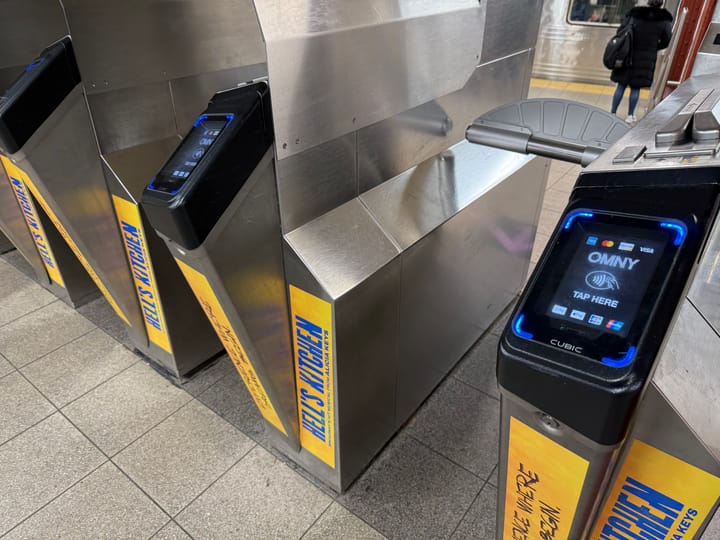
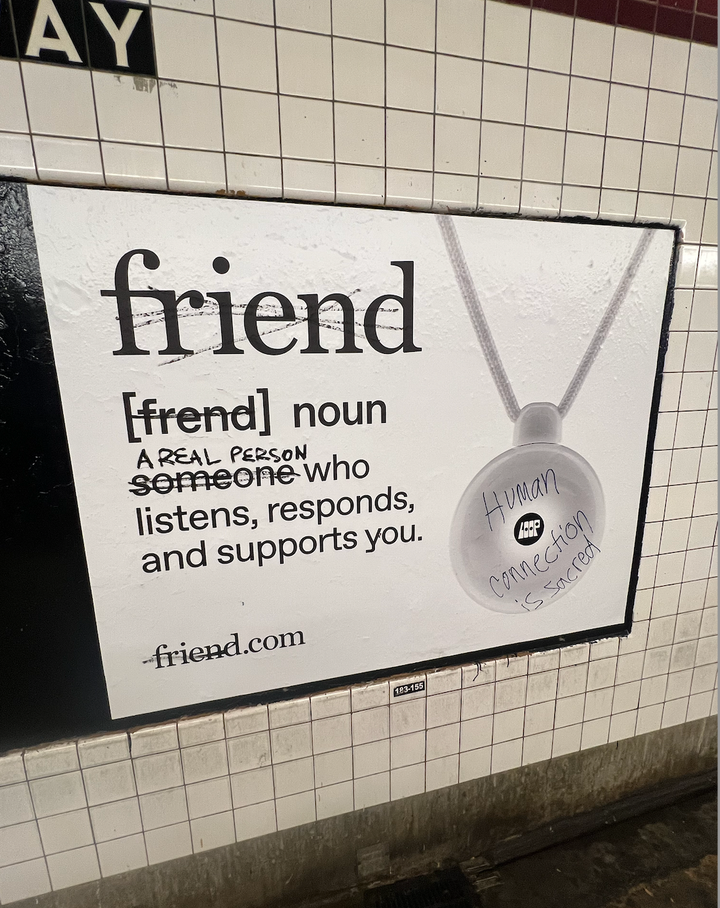
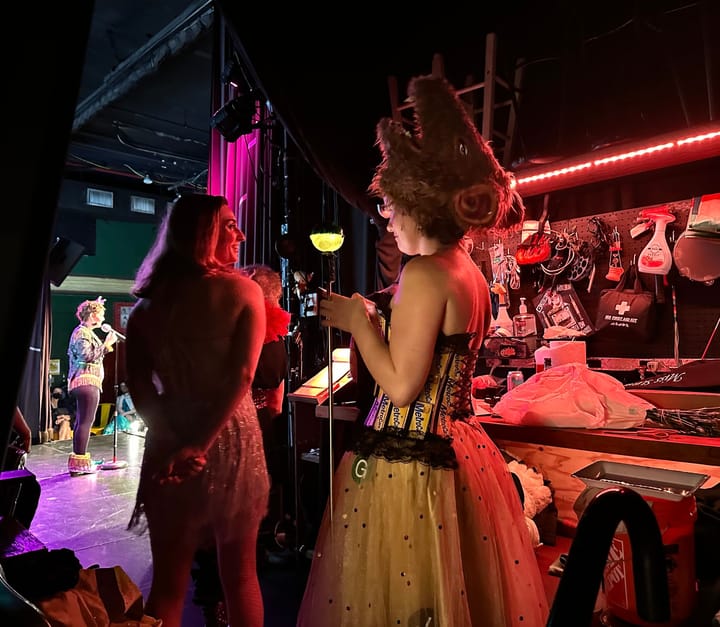
Comments ()